Table of Contents (click to expand)
Contrary to the idea of wilderness set far away from human habitation, Sanjay Gandhi National Park in Mumbai has the world’s highest leopard density. As a result, leopards often visit human settlements. Thanks to researchers and locals, SGNP promotes a unique human-wildlife coexistence story.
The word “wildlife” typically leads people to a mental picture of a secluded patch of forest full of potentially harmful creatures, situated in a land far away from the bustling life of a city. Wild spaces, in our collective imagination, are free from the cacophony of everyday city life, and largely inaccessible to humans. However, in Mumbai, the business capital of India, things move way out of this comfort zone.
Mumbai, the sixth most populated metropolitan city in the world, not only provides space for more than 17 million people to live and earn their livelihood, but also harbors a national park that supports the highest reported density of leopards on the planet. And, although it’s hard to believe, Mumbai provides a free space for these leopards to move around and thrive amidst the hustle and bustle of human life.
Leopards in a Metro
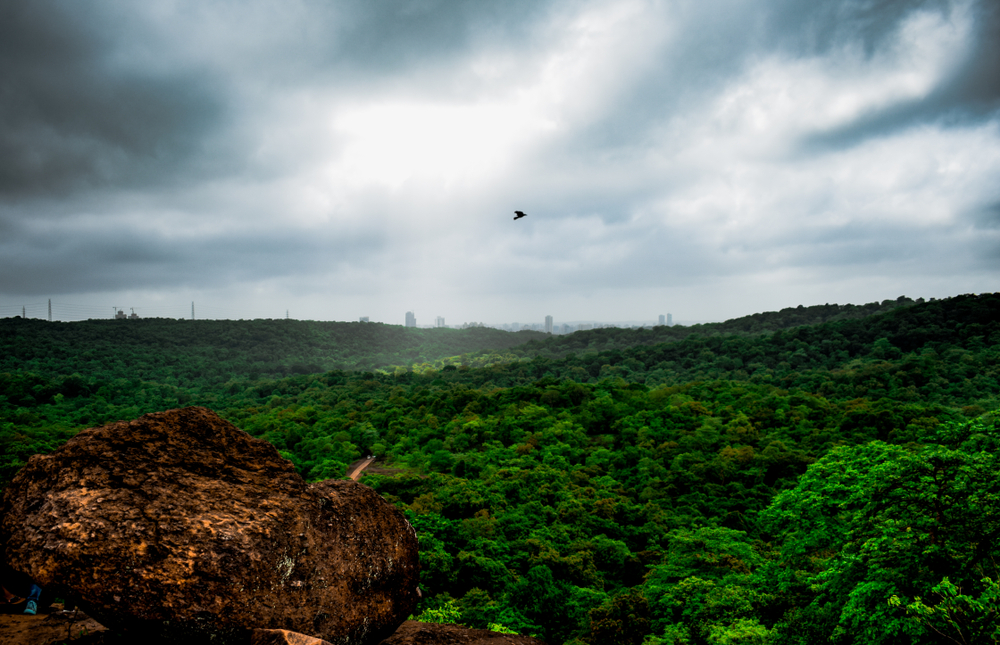
Situated in the heart of Mumbai city, the Sanjay Gandhi National Park is a protected forest of around 100 km2, established in the year 1969. This national park, commonly known as SGNP, is one of the very few national parks that fall within the municipal boundaries of a metropolitan city.
The forests of SGNP provide a home to a plethora of wild animals, such as jungle cats, rusty-spotted cats, spotted deer, sambar, Indian mouse deer, rhesus macaques, southern plains langurs, Indian pythons and more. However, the animal that makes SGNP special is the Indian leopard, which serves the role as top predator in these forests.
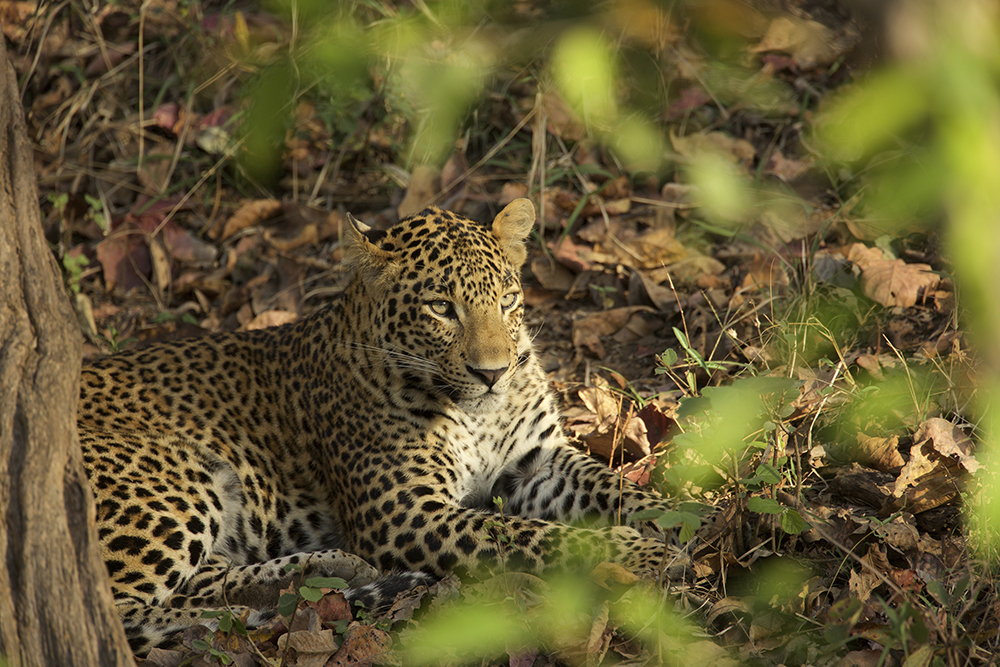
Leopards are highly adaptable, yet they are a globally threatened species of wild cats. They inhabit a multitude of landscape types, including agricultural lands, tea and coffee estates, rainforests, rocky outcrops, woodlands, grasslands and others.
Aside from being incredible creatures, what makes the leopards of SGNP special is that they use parts of the city as their habitat.
Due to increasing population pressure and a lack of space, residential colonies have made their way right next to the boundary of the national park. Even so, the leopards and many other animals in the park don’t seem to follow these man-made boundaries and obstacles, and have begun to live their lives in the human settlements in and around SGNP.
Several studies and the forest department’s efforts have repeatedly shown that leopards tend to use man-made structures as resting sites, hunting sites, and even breeding and rearing sites for their cubs.
Also Read: What Do We Know About The Terai-Duar, The Savanna At The Foothills Of The Himalayas?
Humans, Leopards and what makes them stay together
Such cohabitation of humans and leopards does not always lead to cheerful outcomes. Over the years, there have been several cases of livestock loss, human injury, and deaths due to leopard attacks around SGNP. Many of the leopards have been tagged as problem animals, captured, and sent to a rescue center to spend the rest of their lives in captivity.
However, the relentless efforts of forest department officials, scientists, local people and NGOs have managed to create a safe space for both humans and leopards in this unique landscape next to the Arabian Sea.
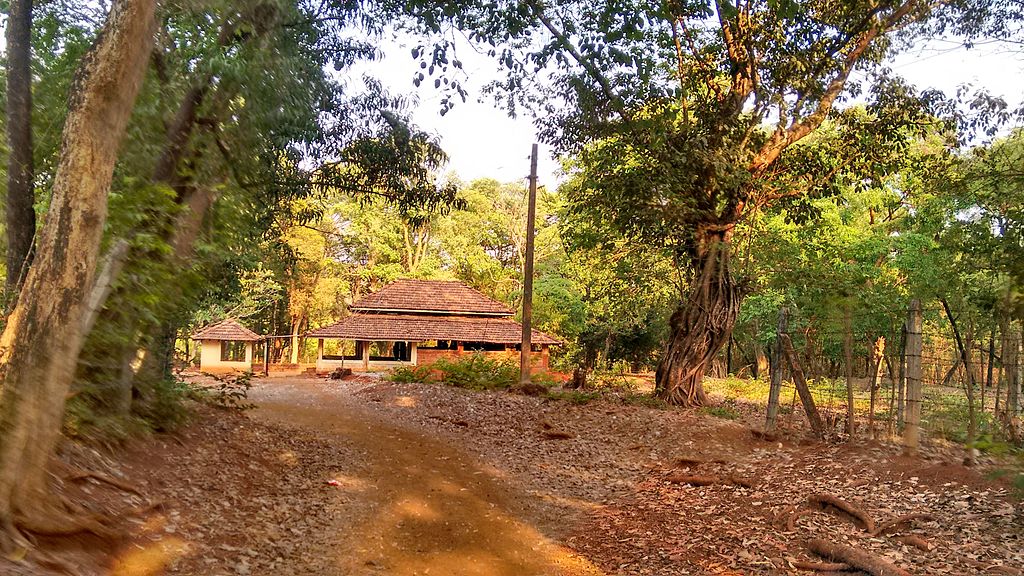
The people of the Warli tribe, who live next to the boundary of the park, revere leopards in the form of their local God Waghoba. Warlis believe that Waghoba will protect them from any harm caused by any animal, but only if the people behave properly and follow certain regulations while dealing with wildlife.
Over the years, researchers and the local forest department have documented the traditional ecological knowledge and practices of these people to design mitigation measures for human-wildlife conflict in and around SGNP.
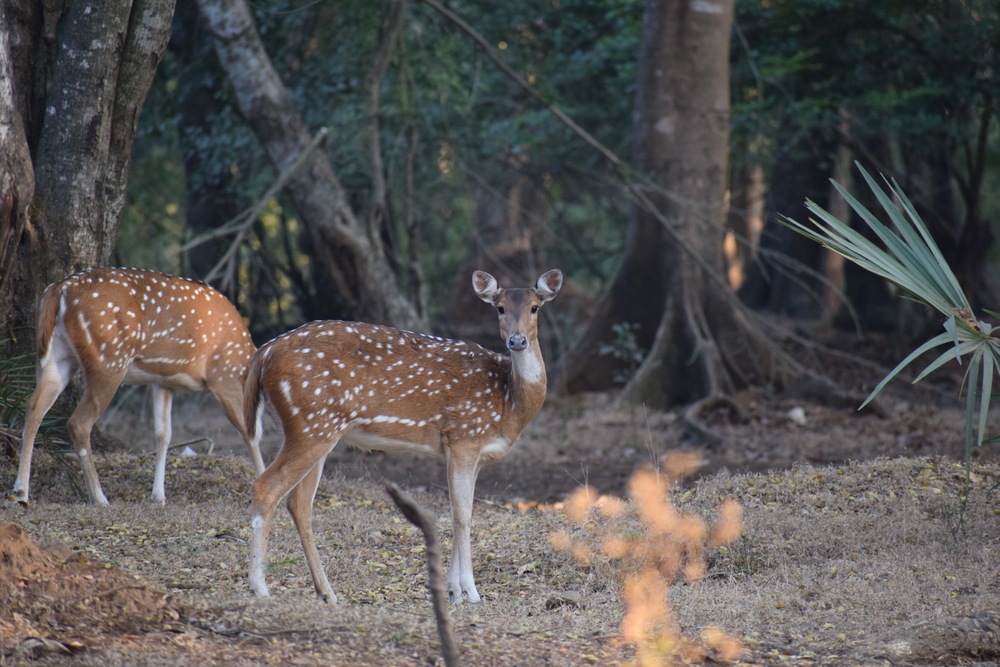
The people of Mumbai have also come together to protect this last remnant forest patch in the city, in order to save remaining natural leopard habitats. They have joined hands with the forest department to help reduce the number of human-leopard negative interactions around SGNP to foster long-term coexistence of the two species.
Research-informed mitigation measures like the installation of road lights, proper garbage disposal, the establishment of predator-proof livestock sheds, and engagement with local stakeholders have also helped to reduce human-leopard conflict in this part of the country.
Despite past incidents, the people of Mumbai still consider SGNP and its leopards to be an integral part of the city, and something to be proud of.
Mumbai and the way forward
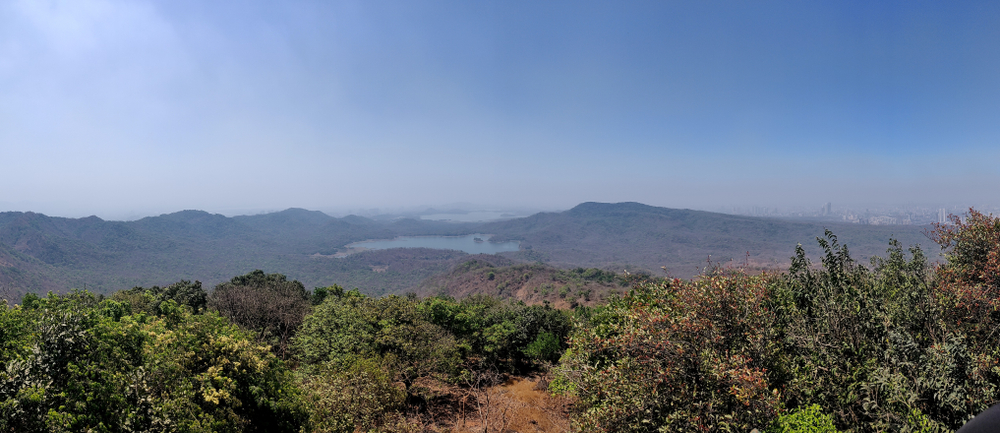
Also Read: What Is Rewilding And Why Is It Important?
Human-leopard cohabitation in Mumbai is a very unique phenomenon in itself. This provides immense conservation opportunities to save adaptive yet threatened species like leopards around the globe. With the rise in human populations and the rapid loss of pristine wild habitats, humans and wild animals are expected to come in close contact with each other all over the world much more frequently in the near future. Examples like Sanjay Gandhi National Park show that with THE correct intentions, practices and mitigation measures, wildlife can thrive even in the middle of a city with millions of people, so long as a healthy balance can be struck.
How well do you understand the article above!

References (click to expand)
- Surve, N. S., Sathyakumar, S., Sankar, K., Jathanna, D., Gupta, V., & Athreya, V. (2022, March 10). Leopards in the City: The Tale of Sanjay Gandhi National Park and Tungareshwar Wildlife Sanctuary, Two Protected Areas in and Adjacent to Mumbai, India. Frontiers in Conservation Science. Frontiers Media SA.
- Official Website of Sanjay Gandhi National Park.
- Jacobson, A. P., Gerngross, P., Lemeris Jr., J. R., Schoonover, R. F., Anco, C., Breitenmoser-Würsten, C., … Dollar, L. (2016, May 4). Leopard (Panthera pardus) status, distribution, and the research efforts across its range. PeerJ. PeerJ.
- Lessons from Leopards — Uncovering the Real Conflicts in ....
- Nair, R., Dhee, Patil, O., Surve, N., Andheria, A., Linnell, J. D. C., & Athreya, V. (2021, June 23). Sharing Spaces and Entanglements With Big Cats: The Warli and Their Waghoba in Maharashtra, India. Frontiers in Conservation Science. Frontiers Media SA.
- Stories of Coexistence in Shared Landscapes.
